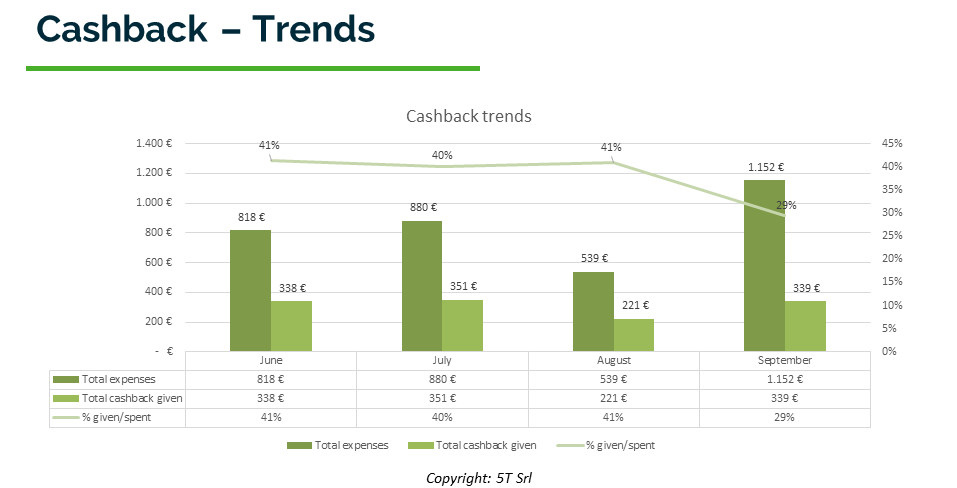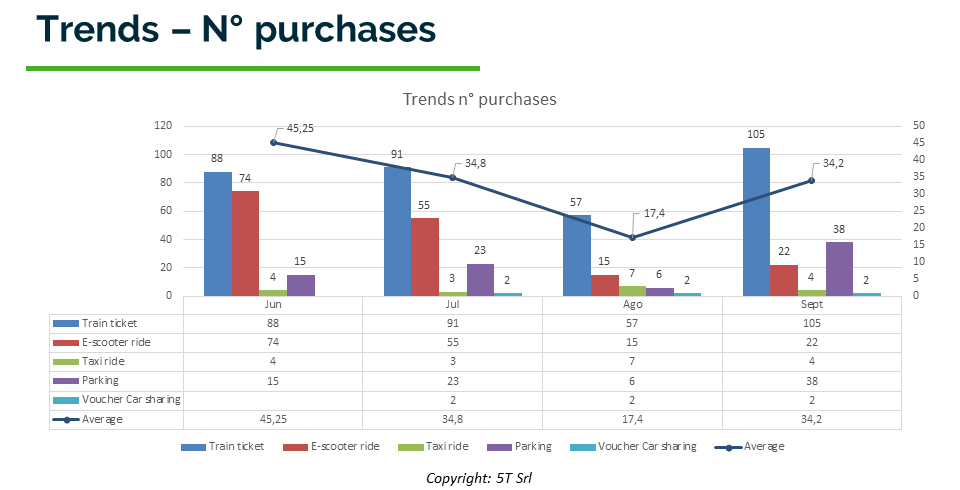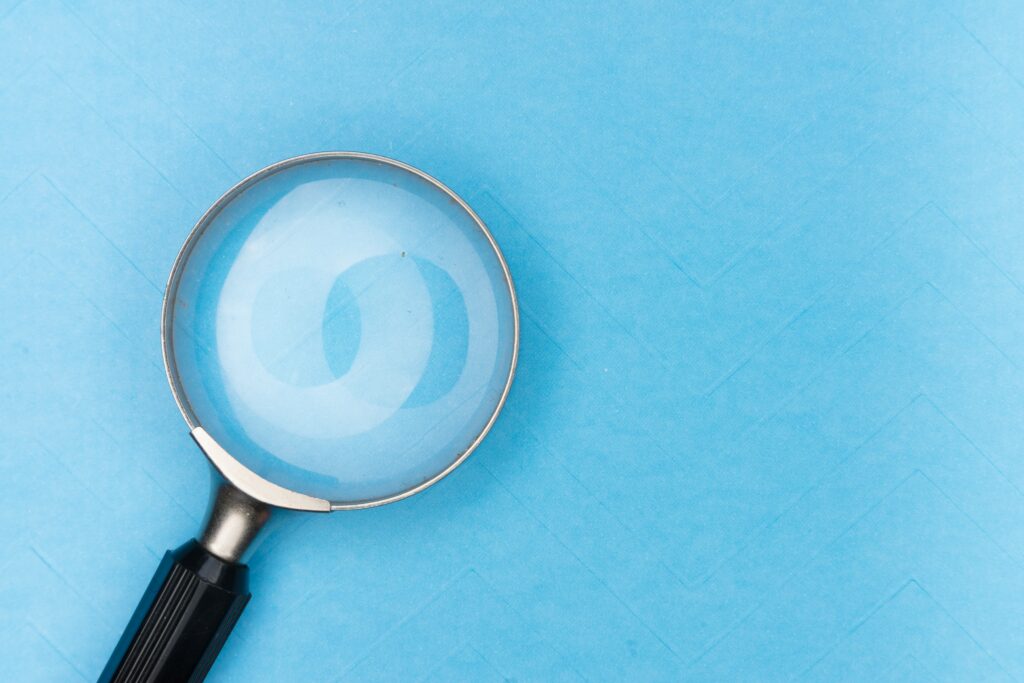We were left here: https://www.bipformaas.it/pilot/, when we announced the launch of the BIPforMaaS trial, the mobility revolution in Turin.
250 users had the opportunity to test MaaS in Turin through the use of a single application, with the possibility of also enjoying a monthly cashback of 50%, in the period from June to September 2022.
How did it go? And what did we learn from this experimentation?
We’ll tell you about it in this article.
Cashback: the incentive that won over users
Let’s start with one of the most important elements: the cashback, our demand incentive.
Experimental users were able to enjoy a cashback of 50% of the expenditure incurred, up to a maximum of €15 per month.
Cashback represents one of the several forms of mobility demand incentives, alongside other more traditional forms such as vouchers or discounts. With this experimentation we have been able to verify that users already demonstrate a certain familiarity with this modality and the data seem encouraging in adopting it as a model in the future as well.
On average we gave out 36% of what users spent as cashback. This value means that not only have we reached the maximum cashback limit ceiling, but many users continued to use the application even after exceeding the maximum monthly threshold. This is therefore an important result that shows how the use of MaaS services has represented a valid option for users’ travel choices.

Train, scooters and parking: the most popular services among testers
The outcome of the BIPforMaaS trial was extremely positive. We are proud to share the results obtained, which demonstrate the effectiveness of our pilot project.
Despite the summer period we recorded 613 uses of the app, with a total of €3,388.89 spent on mobility services via the MaaS app made available to users.
The services most used by the testers were, in order: train tickets, e-scooter sharing and blue line parking. Train tickets accounted for 56% of the total transactions, while e-scooters contributed 27% of the transactions and parking for 13%.
From the data that emerged 27% of active users used at least two services during the trial, with the distribution normally identifying a main service integrated with a second service. The most frequent combinations of services were train-escooter, train-parking, car sharing-scooter and train-car sharing.
As far as the trend is concerned the graphs show how, following a physiological decrease in the service in August, the resumption of use in September confirmed the success of the BIPforMaaS trial!

Our fellow travelers
As many as 250 testers signed up for the trial, with 67 active users. As the first MaaS pilot initiative to test the feasibility and acceptance of an incentive model based on the cashback mechanism, a modality already widespread in many other fields but not yet in the mobility sector, we are very satisfied with the result.
72% of experimenting users belong to the male gender and 79% are within the 20-49 age group. The data on the age group is very important: the high participation of users belonging to the 20-49 age group shows that MaaS is becoming increasingly popular among young adults, who are looking for innovative and convenient ways to get around the city.
Thanks to their constant participation and feedback, we have been able to obtain meaningful data and improve the quality of our project.
It was interesting to see how the experimentation influenced the behaviours of the users: for example many of them introduced the e-scooter as a new habitual mode of transport.
In general users were very satisfied to participate in the trial and to get quick and timely assistance. They were also very proactive in proposing new features and modalities (such as interest in pre-purchased MaaS packages).
We sent a satisfaction questionnaire from which we received very useful and very positive feedback.
Overall we recorded a rating of 3.3 – on a scale from 1 to 5 – for both the BIPforMaaS application and for the assistance provided.
For 35% of users the app had a purchase complete in less than a minute.
The improvement feedbacks for the experimental project focused on adding more transport services (rating 4.1 out of 5) and adding information notifications (rating 3.1 out of 5).
We also asked users whether they would still use the app if the cashback was maintained permanently: 100% of users answered in the affirmative.
We are of course thrilled to have involved a sample of users who are so curious and open to new forms of urban mobility. We greatly appreciate the contribution of all participants and look forward to continuing to work with them in the future.
Conclusions: an exciting experience for the future of sustainable mobility
The BIPforMaaS trial was an exciting and fruitful experience to test MaaS in Turin and understand how users relate to this new mode of mobility.
Thanks to the experimentation the objective of helping to create a MaaS ecosystem in our territory has been enriched with important knowledge.
The first is to have applied the demand incentive model based on cashback. Piemonte Region government was the first public administration in Italy to try this and we can say that it worked:
- demand was stimulated until it exceeded the minimum threshold necessary to obtain the cashback;
- users took the opportunity to try out new modes of transport, given the ease of access through a single application.
The second is the users’ propensity for MaaS. The users were also active and participative in providing improvement ideas and insights for their ideal MaaS.
We are really happy to have taken this initiative and we look forward to continuing to develop the MaaS ecosystem in our territory.
Stay tuned for the next news!
#letsdothemaas
Photo by Markus Winkler on Unsplash


